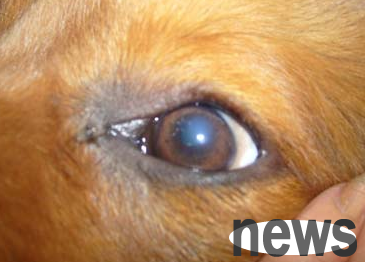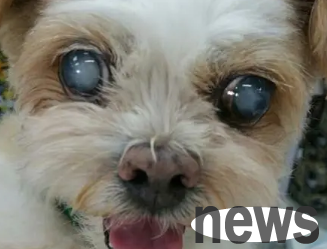"Cataract" refers to the turbidity of the lens or anterior lens capsule of the dog, which causes the visual acuity of the dog to be reduced or lost due to obstruction of the visual path.

1. Causes of canine cataract:
1. Congenital cataract in canine: begins in the embryonic stage. Due to abnormal development of the lens and its capsule in the mother, it manifests as an inward move after birth.
2. Dog traumatic cataract: dystrophic damage to the lens and its lens capsule due to various mechanical injuries (such as corneal permeabilization).
3. Canine secondary cataract: secondary to other eye diseases and systemic diseases, such as irisitis, ophthalmitis, diabetes, etc.
4. Canine senile cataract: It is a degenerative change in the lens, mainly seen in elderly dogs aged 8-12.
2. Key points for diagnosis of dog cataracts:
1. Normal vision at the beginning of the disease;
2. When the lens in the dog's eyes loses transparency and further develops into lens turbidity, the pupils turn blue-white or gray, with pearl-like luster, vision disappears or decreases, and when the turbidity is obvious, it can be confirmed by naked eye examination;
3. In the later stage of the disease, the lens becomes hard and loses excess water, and the eye examination cannot see the fundus. As the moisture is further lost, the lens is uneven, shrinks and becomes smaller, and dislocation can occur naturally;
4. It is seen in small Schnauzer, small poodle and American breed coca, which often causes bilateral lesions to lead to blindness, and other diseases such as Golden Retrievers, Siberian Husky and Boston dogs are also common;

3. Prevention measures for cataracts in dogs:
1. Early treatment for the cause of the disease.
2. Once turbid, it cannot be absorbed. Surgical therapy is the only effective method at present. Including lens aspiration, intracapsular or extracapsular removal, but surgery is dangerous when glaucoma occurs later.